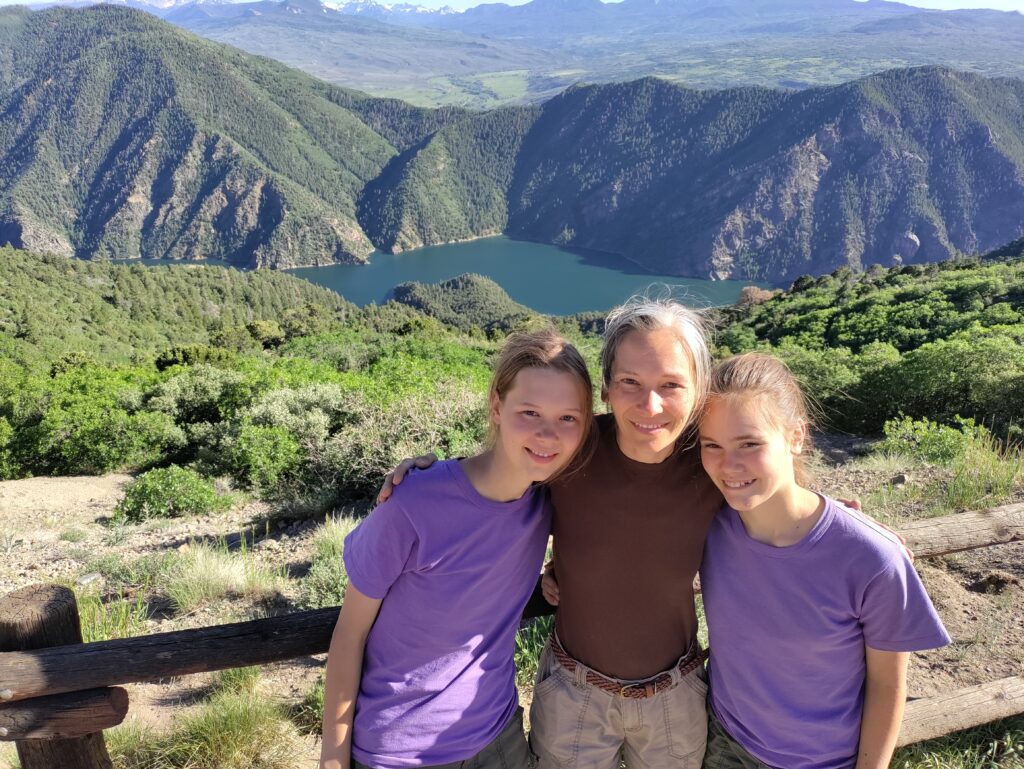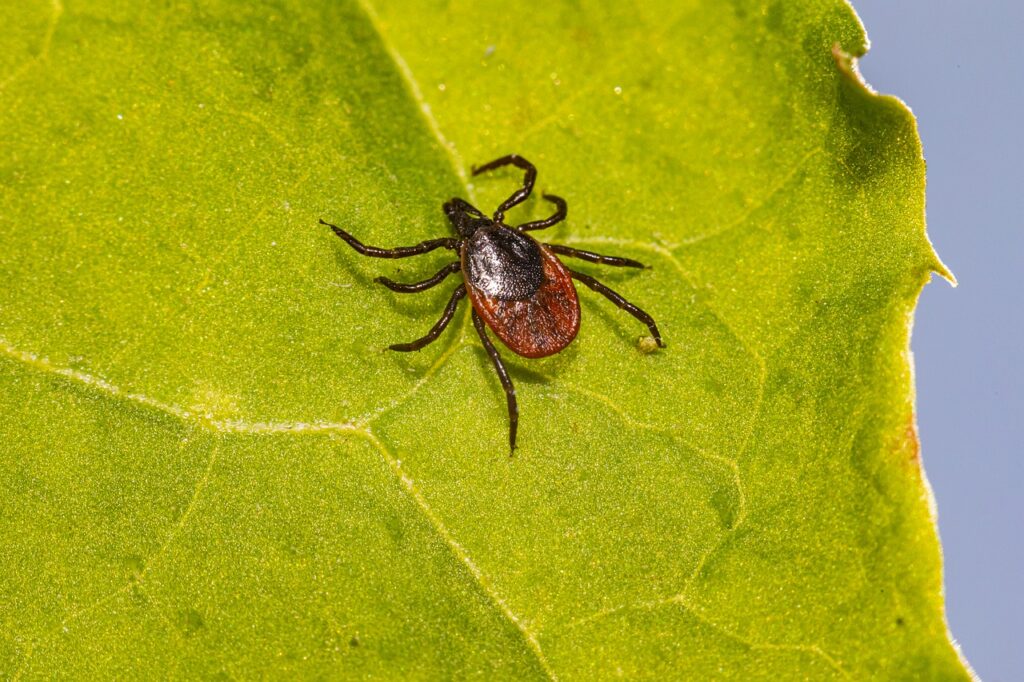ABOUT MOLD
Starting With Our Mold Story
Between 2015-2017 we were living in Virginia, and I was working up and down the east coast. A family in Maryland gave us their deceased father’s huge library! We thought it was a huge blessing, but it turned out to be a huge curse.
We bought additional bookshelves and set them all up in our dining room. It had that old book smell and many of the books looked mildewy, but I was ignorant of the warning signs. My wife immediately began feeling symptoms that she attributed to the books. Over the course of time I began experiencing random, seemingly unrelated symptoms that I attributed to growing older – things like short-term memory loss and brain fog – but I was only in my early 40’s.
I have since learned that most of the symptoms attributed to growing old aren’t normal, they’re just common in many parts of the world – Blue Zones being notable exceptions.
My wife, who spent a lot more time in the house than I did, experienced severe bouts of vertigo and emotional distress among many other symptoms. After about three years with our library, we began remediation attempts that became increasingly zealous over the next couple years as we tried to find relief.
In spite of frequent sicknesses, one of my daughters was an ace leading up to getting her private pilot’s license on her 17th birthday, but she really struggled at the end as mold toxin symptoms started affecting her brain. She passed her exam and check ride! And we left for our mold-avoidance sabbatical a week later.

Symptoms of Mold Toxin Illness
People experience different symptoms based on a variety of factors such as length and level of exposure and the strength or weakness of different systems in the body such as the immune system. Symptoms usually don’t all hit at the same time, making them seem unrelated. One or more of us experienced almost all the symptoms on this partial list:
Common symptoms: irritated eyes or lungs, runny nose, fatigue, fever, chills, dizziness, vertigo, nausea, headaches, skin rash, muscle or joint aches and pains, congestion, coughing, sneezing, sore throat, chest tightness, shortness of breath, trouble sleeping, sensitive to sunlight, diarrhea, and constipation.
Long-term exposure can result in: frequent colds or delayed recovery, slow-healing injuries, recurrent or hard to control infections, asthma, allergies, frequent urination, unexplained menstrual changes, alternating diarrhea/constipation, leaky gut, food sensitivities, chemical sensitivities, reactions to musty smells, plugged ears, tinnitus, disorientation, balance issues, brain fog, memory loss, insomnia, anxiety, chronic fatigue, autoimmune disease, cardiovascular disease, and cancer.
System Disruptor
Mold is only one form of toxicity. A high-stress, fast-food, low-movement, poor-sleep lifestyle spent in the built environment makes you very vulnerable. Mold toxins, alone or combined with other toxins, add up to become system disruptors. This allows preexisting weak points and opportunistic pathogens to take advantage of the situation and grow out of control.
A common problem among mold victims is Chronic Lyme Disease. It is caused by a bacteria called borrelia that is most commonly contracted through a tick bite and often comes with coinfections. Around half of the victims get a short-lived bullseye rash around the bite site. The other two most common symptoms that indicate Lyme are Bell’s palsy (paralysis of half your face) and arthritis in a large joint such as the knee.

I was bitten by a tick while living in Virginia and didn’t notice a bullseye rash but I experienced both of the other common indicators of Lyme Disease. I had Bell’s palsy for a few weeks (which is usually how long it lasts) and arthritis in my left hip that never went away entirely, it just varied in intensity. These happened at different times and I never attributed them to Lyme or mold.
Lyme and Mold Toxin Illness go hand in hand. Someone with worsening, long-term Lyme symptoms – made possible by Mold Toxin Illness – has what’s called Chronic Lyme Disease. Innumerable cases of Chronic Lyme are associated with toxic mold. These two conditions also share many overlapping symptoms.
The Built Environment
Mold spores are everywhere! This is why it’s called mold remediation, not elimination. But most mold isn’t harmful and some is even helpful. In the natural outdoor environment there is abundant microbial competition so the toxic varieties aren’t usually a problem. But toxic mold loves the modern indoor environment where people often destroy mold’s competition with disinfection efforts. When mold is under attack or there is more than one type of mold they ramp up toxin production to engage in chemical warfare – fighting over turf. People who get caught in the crossfire suffer for it.
Growing awareness of Mold Toxin Illness is slowly coming about as the number of people affected continues to increase. Modern building techniques and sanitizing regimens have unfortunately resulted in widespread Sick Building Syndrome (SBS). This short video illustrates this powerfully:
If you wanted to be a mold farmer, modern homes would provide a perfect environment. Rows of buildings in cities are like rows of crops on farms – but with an unwanted crop. Invisible, airborne mold spores are constantly entering buildings. All they need to grow is food and water. Toxic mold can feed on a variety items, including indoor dust with enough humidity, but one of its favorite foods is cellulose (ie. anything made of wood/paper). This is what modern homes are made of and filled with. Cardboard and particle board allows mold to grow like wildfire when it gets moist. Unfortunately, cheap fiberboard has replaced solid wood in much of today’s furniture and cabinetry.
Most walls and ceilings are made of sheetrock backed by paper. Behind the sheetrock is water pipes and HVAC tubing. The sheetrock paper can get wet from indoor spills, roof leaks, pipe leaks, condensation either from the pipes, the HVAC tubing, or temperature differences between inside and outside the house, etc.
You’ve probably seen condensation on the outside of a cold drink on a hot day. Where the temperature differences meet is where the condensation occurs. In the case of houses and RVs, that’s inside the walls. As soon as moisture is present, mold starts growing. It’s not so much a matter of if, but when. It can go dormant and then start growing again every time there’s sufficient moisture, such as from enough humidity.
Condensation also occurs on home and vehicle AC and dehumidifier coils. We had a high-quality dehumidifier that seemed to blow toxic air whenever it ran. I took it apart and there was black mold growing all over the wet parts inside. We also had a vehicle air conditioner become moldy inside so we couldn’t even use the heater.
These are some of the most common causes of mold in the built environment, but there are many more! The Bible had instructions for dealing with these issues over three thousand years ago in the Law of Moses! If leprosy (generic term at the time) was verified, they were to remove the affected stones, scrape away the plaster, and dump both in an unclean place outside the city. They were then to replace the stones and plaster. If leprosy broke out again, they were to tear down the house, its stones, and its timbers, and all the plaster of the house, and take them outside the city to an unclean place. Modern man has created some problems of epic proportions: over half of all buildings have a mold problem and RVs are even worse.
Is there any Hope?
Yes! Those suffering from Mold Toxin Illness need help. The physical, emotional, and economic damage can feel overwhelming. We are here for you.
You may be able to heal on your own. We tried that but were only able to make actual progress once we started learning from those who have suffered before us. Before that we made a lot unsuccessful remediation attempts which became quite frustrating. There are now plenty of helpful online resources. A good starting place is Paradigm Change and we highly recommend that you read their free ebook, A Beginner’s Guide to Mold Avoidance.
What we learned is that when you and your stuff have prolonged exposure to toxic mold spores, their mycotoxins leach into almost everything (eg. wood, fabric, plastic) so even if you have removed all mold, you still react to your stuff. Many people who find themselves in this unfortunate situation have only been able to heal by walking away from everything and going on a mold-avoidance healing sabbatical in clean environments for anywhere from a couple months to a couple years. This is what we did starting in May, 2021. We had enough savings to be able to do this, but we know there are thousands of people suffering with no apparent way out and no hope. One of the biggest challenges we faced was finding clean environments.
Certainly, do what you can to avoid the dramatic step of walking away from everything. It’s the most radical thing we’ve ever done. Different people have had different levels of exposure and different lifestyles that help or hinder their body’s ability to heal itself. Do everything you can to begin the healing process. It takes time, but there is a silver lining: It’s what you will learn along the way that will enable you to pay it forward and help others.
If it makes you feel any better, a documentary has even been made about this problem! It’s definitely useful to help others understand what you’re going through.